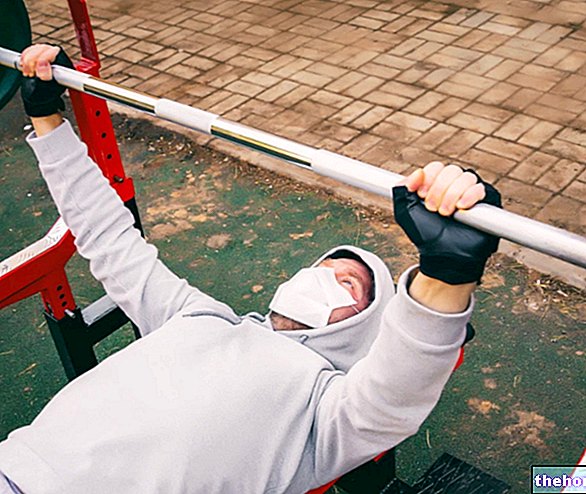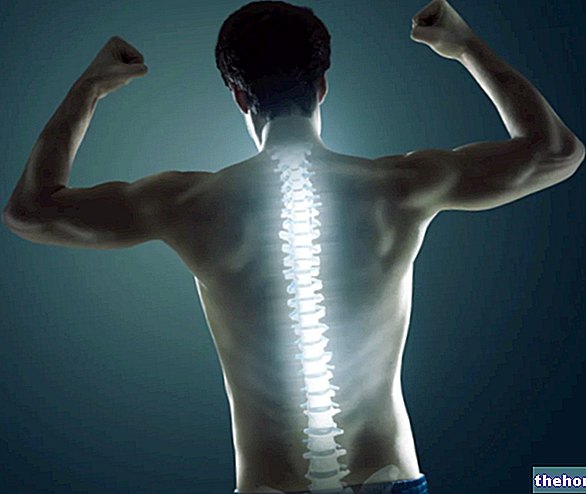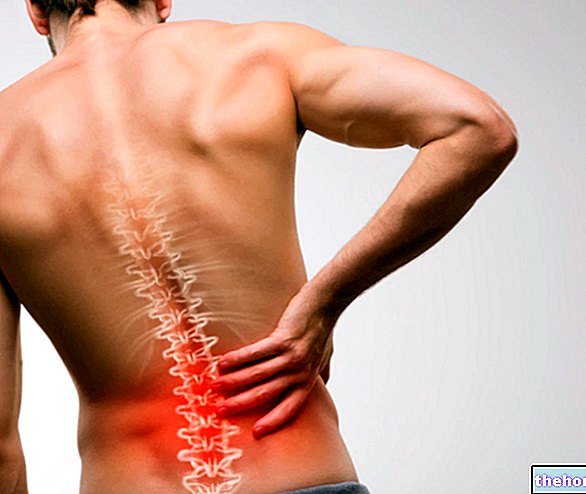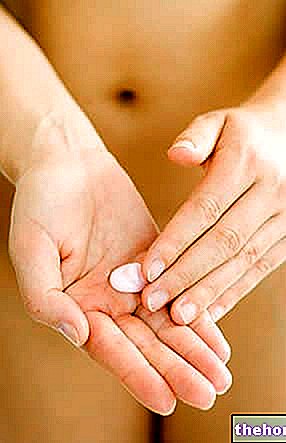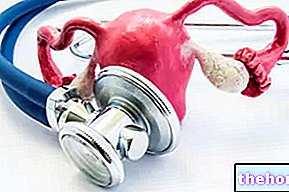
A heavy burden on society and on health care costs, since about 3-4% of total health costs are attributable to this pathology.
From these data it is easy to understand the importance of prevention, understood as the most suitable weapon to prevent or reduce the occurrence of this pathology.
Hence the absolute need to correct our lifestyles and to eliminate those risk factors that increase the probability of occurrence.
In practice, it is possible to intervene both in the asymptomatic phase, ie before the stroke occurs, or after a transient ischemic attack (primary prevention), and when the disease has already occurred, to avoid other strokes (secondary prevention).
Today our lifestyles include a whole series of behaviors and habits that are harmful to the health of our body. Smoking, alcohol and drugs are among the most "ancient" harmful habits while in the last 50 years the advent of new technologies applied to work, transport, leisure and free time have led man to always move less.
Poor motor activity involves all age groups. Younger people prefer to spend time at home in front of the TV or computer rather than playing classic backyard games (running, jumping, ball games, etc.) or engaging in sporting activities.
Adults, often forced by the frenetic rhythms of today's society, use only means of transport to move around, carry out sedentary jobs and have less and less free time to devote themselves to a "physical or sporting activity."
Finally, the elderly face difficulties and social, environmental, economic and psychophysical problems that distance them from a physically active life. Poor motor activity, today, is considered among the most important risk factors for chronic diseases such as diabetes, osteoporosis, obesity, neoplasms and depression, and for cardio-cerebrovascular diseases, obviously among these pathologies there is also stroke.
The World Health Organization and the World Heart Federation have urged all governments and scientific societies to promote, through the mass media, various dissemination initiatives aimed at spreading the principle that physical activity and a healthy lifestyle help prevent these pathologies.
In the next chapters we will explain what are the causes and risk factors of stroke and the role that physical activity has in preventing the disease.
and / or symptoms referable to focal and / or global deficit (coma) of brain functions, lasting more than 24 hours or with an unfortunate outcome, not attributable to any other apparent cause other than cerebral vasculopathy.This disease is caused by the lack of blood in an area of the brain, very similar to what happens to the heart during myocardial infarction.
and also plays a protective effect against stroke.
The protective effect of physical exercise against stroke is reasonably deducible on the basis of the link between physical activity and stroke risk factors.
Physical activity works by eliminating and reducing these factors that increase the likelihood of being affected by the disease.
Most of the studies show a protective effect of physical activity, such as to reduce the overall risk of the disease by more than 35% compared to those activities considered sedentary.
It should be emphasized that when we talk about physical activity we are not referring only to sporting activities in the strict sense, but also to all those activities that are carried out in daily life and that involve the use of the body, such as climbing and descending stairs, using the bicycle as a means of locomotion, walking, doing housework.
to prevent the onset of causes and risk factors of stroke (Aimed at subjects in a good state of health)

